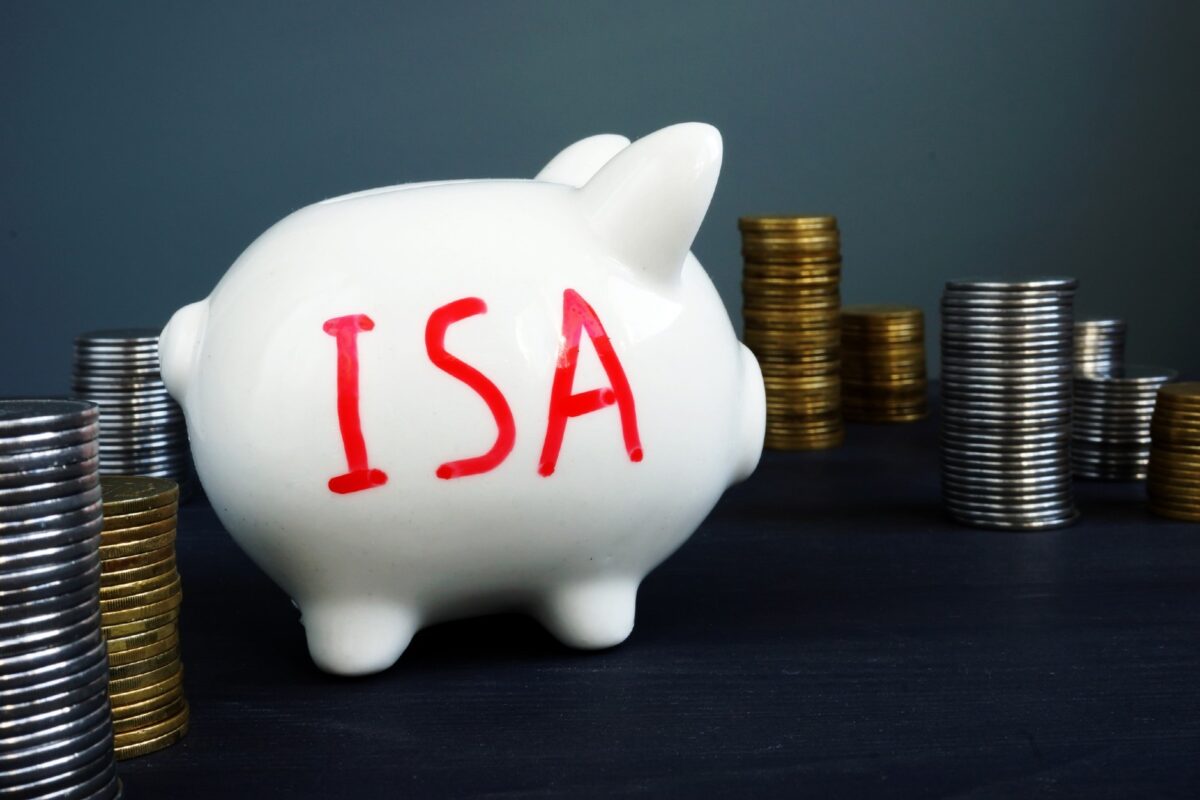Albert Einstein is claimed to have called compound interest the eighth wonder of the world. In my world, a tax-free Stocks and Shares ISA might be number nine.
Combine them, and I reckon we have a great route for private investors to build up a passive income for when we retire.
More than 12 million UK adults subscribed to an ISA in 2022-23. That’s great. But almost eight million of those were Cash ISAs. And I think that could mean a lot of wasted opportunities.
Please note that tax treatment depends on the individual circumstances of each client and may be subject to change in future. The content in this article is provided for information purposes only. It is not intended to be, neither does it constitute, any form of tax advice. Readers are responsible for carrying out their own due diligence and for obtaining professional advice before making any investment decisions.
Different strokes for different folks
A Cash ISA can be a great way to set aside cash we might need for a rainy day. Or save for a planned spend in the not-too-distant future. Some offer 4-5% now, so I can see the attraction.
Some people don’t want any stock risk at all. So a guaranteed Cash ISA rate might be best for them, even if rates have been low over the long term.
And I’ll always remember a couple I once met who’d sold their business and retired. They’d invested in shares in the past, but now they had everything in cash… because they had enough to not need to take any risk at all.
It shows there’s no one-size-fits-all savings and investment plan. Everyone needs to weigh up their own needs and make up their own mind.
Back to the question
This doesn’t answer my question of how much we’d need to earn £1,000 a month. Part of it is straightforward. It depends on the return we achieve. If we can get 8% annually, we’d need a pot of £150,000. With only 2%, it would take £600,000.
The harder questions are how can we get there, and how long might it take?
I chose the 2% figure as it’s the UK’s inflation target. When we achieve that, interest rates should come way down. I think 2% might still be optimistic for a Cash ISA, but I can go with optimism.
The 8% is close to the forecast dividend yield for Legal & General (LSE: LGEN) shares.
What compounding can do
What about investing half an ISA allowance a year of £10,000, split monthly? That much into cash savings paying 2% a year could take 40 years to get over the £600,000 threshold for generating £1,000 a month.
But in a stock like Legal & General paying dividends of 8%? With all dividend cash reinvested, we could hit the required £150,000 in just 14 years. Sounds like an easy choice, right?
Well, Legal & General’s dividends aren’t guaranteed. It can be a cyclical business, and there’ll be bad years among the good, for sure. Will there be times when no dividend at all is paid? I’d say there’s a good chance. Financial stocks suffered in the 2020 stock market crash, and we can see the sharp Legal & General dive in the chart above.
Stock market diversification
I’d never put all my cash in Legal & General, or in any one stock. But with the FTSE 100 returning an average 6.9% annually over the past 20 years, I’d say the odds favour investors going for a diversified Stocks and Shares ISA.
This post was originally published on Motley Fool






